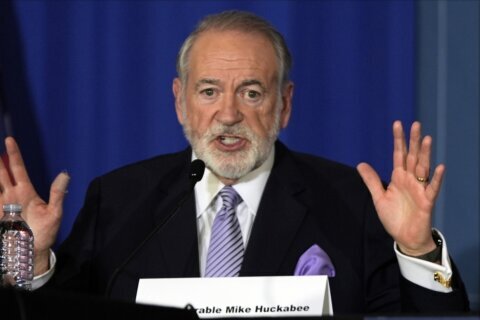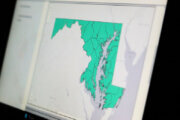HAVANA (AP) — Small groups of protesters took to the streets in the eastern city of Santiago on Sunday, decrying power outages lasting up to eight hours and food shortages across Cuba.
Videos on social media showed demonstrators on the outskirts of the city, which is about 800 kilometers (500 miles) from Havana.
State media confirmed the protests in Santiago, while the U.S. Embassy in Havana said there were also reports of protests in a number of other provinces across the island. Cuban President Miguel Díaz-Canel also referred to protests in a social media post, though he did not specify where they occurred.
In reporting on events in Santiago, the government-linked news organization El Necio said, “Due to the long hours of power outages from lack of fuel and other situations arising from the current economic crisis, several people took to the streets” to protest.
Cuba is facing one of the worst economic and energy crises in its history. Waves of blackouts have grown worse in recent weeks, adding to frustrations over food shortages and inflation that have made it increasingly difficult to make ends meet on the communist-governed island. Hundreds of thousands of people have migrated, with many headed to the United States.
Videos showing people chanting “Electricity and food” were quickly shared by Cubans on and off the island on platforms like X and Facebook.
One person, who spoke to The Associated Press in a phone call from Santiago on condition their name not be used, said internet service in the area was shut off after the demonstrations. Several users on the social network X also reported internet outages in Santiago.
In recent years, the internet has become an important tool in Cuba to facilitate and distribute news of protests against the government, but it has also been used to spread false information about supposed protests.
It was most notably used during mass demonstrations in 2021 that saw the arrests of some demonstrators and mass internet outages. Those protests were also triggered by power and food shortages.
In the evening, Cuba’s president accused anti-government “terrorists” that he said were located in the United States of inciting the protests, saying they were “encouraging actions against the internal order of the country.”
“Several people have expressed their dissatisfaction with the situation of the electricity service and food distribution. This context is being exploited by the enemies of the Revolution in order to destabilize” the government, Díaz-Canel wrote on X.
The U.S. Embassy urged the Cuban government to respect the protests in a post on its Facebook page.
“We are aware of reports of peaceful protests in Santiago, Bayamo, Granma and elsewhere in Cuba,” it said. “We urge the Cuban government to respect the human rights of the protesters and attend to the legitimate needs of the Cuban people.”
Earlier in the day, Beatriz Jhonson Urrutia, secretary of the Communist Party of Cuba in Santiago, showed up at the protests in that city to “have a dialogue with the people and hear their complaints,” El Necio said. Police were also present but there were no reports of arrests or violence.
Images and videos of purported protests in Cuba were spread around social media in recent days. Some were images from older protests or from other countries, and AP could not independently confirm whether the others were authentic.
Copyright © 2024 The Associated Press. All rights reserved. This material may not be published, broadcast, written or redistributed.







